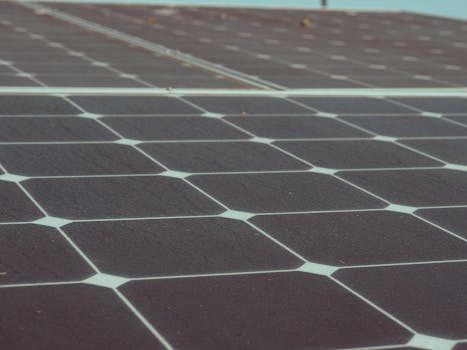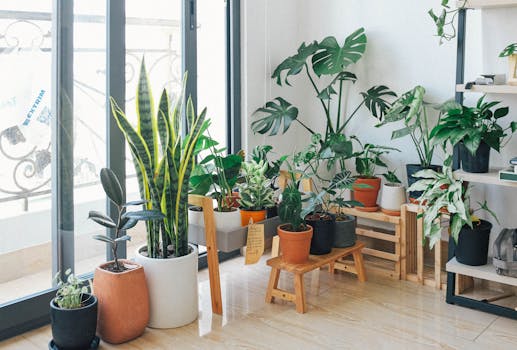
Sustainable Living: Emerging Trends for 2025
Sustainable Living is becoming increasingly important as we move into 2025. With the rising concerns about climate change, environmental degradation, and social responsibility, individuals, businesses, and governments are looking for ways to adopt more sustainable practices. In this article, we will explore the emerging trends in sustainable living for 2025, focusing on Sustainable Living and its impact on our daily lives.
Section 1: Introduction to Sustainable Living

Sustainable Living refers to the practice of reducing our environmental footprint by making conscious choices about the products we use, the energy we consume, and the waste we generate. It involves adopting a holistic approach to living, taking into account the social, economic, and environmental impacts of our actions. As we move into 2025, it is essential to stay informed about the latest trends and technologies that can help us live more sustainably.
Section 2: Emerging Trends in Sustainable Living

Some of the emerging trends in sustainable living for 2025 include:
- Renewable Energy Sources: Solar, wind, and hydro power are becoming increasingly popular as alternative energy sources, reducing our reliance on fossil fuels and lowering greenhouse gas emissions.
- Eco-Friendly Products: Sustainable products, such as reusable bags, refillable water bottles, and biodegradable packaging, are gaining popularity, reducing waste and minimizing environmental harm.
- Zero-Waste Living: The zero-waste movement is gaining momentum, encouraging individuals to reduce, reuse, and recycle, and to avoid single-use plastics and other non-biodegradable materials.
- Sustainable Fashion: The fashion industry is shifting towards sustainable practices, using eco-friendly materials, reducing waste, and promoting recycling and upcycling of clothing.
- Green Building: Green building techniques, such as using sustainable materials, energy-efficient systems, and renewable energy sources, are becoming more prevalent, reducing the environmental impact of buildings and homes.
Section 3: Conclusion and Call to Action

In conclusion, sustainable living is no longer a choice, but a necessity. As we move into 2025, it is essential to adopt sustainable practices and reduce our environmental footprint. We must work together to create a more sustainable future, by making conscious choices about the products we use, the energy we consume, and the waste we generate. Join the movement towards sustainable living and make a difference today.






